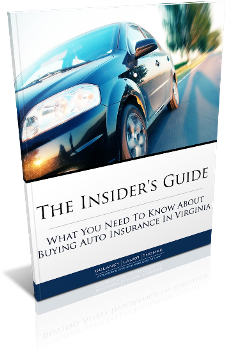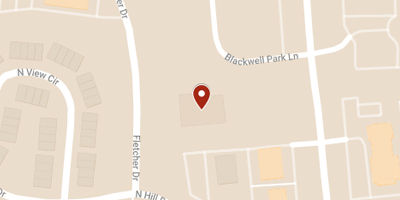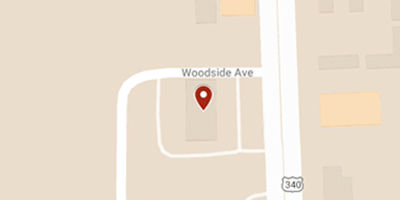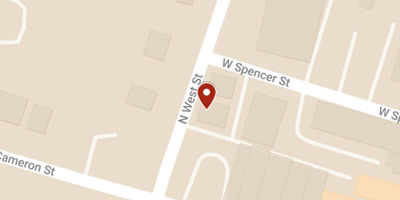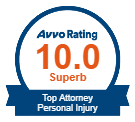 Merging accidents account for 4% of all traffic collisions, according to the U.S. Department of Transportation. Although 4% may not seem like a lot, considering that merging takes up only a small fraction of driving time, 250,000 merging collisions per year is actually very high.
Merging accidents account for 4% of all traffic collisions, according to the U.S. Department of Transportation. Although 4% may not seem like a lot, considering that merging takes up only a small fraction of driving time, 250,000 merging collisions per year is actually very high.
The alarming part of these statistics is that all of these accidents could have been avoided if the drivers involved had paid attention and followed some basic rules of merging to determine who had the right of way. If you were injured in a crash caused by another driver failing to yield the right-of-way when merging, our legal team might be able to help you file a claim for damages.
Rules for Merging in Virginia
In ideal situations, highway drivers allow enough space for cars to merge in from on-ramps. At the same time, cars entering the highway are accelerating to highway speeds and easing into open spots. However, given the number of inexperienced and careless drivers on the road at any given time, highway merging doesn't always go smoothly. To avoid a merging collision, take the following into consideration:
- Cooperation. Merging laws dictate that drivers in both lanes of traffic are responsible for merging safety. This means that if you’re merging, you must pay attention and safely judge when to move over, and if you’re in the through lane, it’s your responsibility to help create room for the merging vehicle when possible. Unfortunately, there are times when drivers refuse to cooperate. In those situations, you must rely on laws of yielding.
- Yielding. When you’re attempting to merge onto a busy highway and the through traffic is not allowing you over, you must yield to them. Virginia law states that “No person shall stop a vehicle in such manner as to impede or render dangerous the use of the highway by others, except in the case of an emergency, an accident, or a mechanical breakdown.” Therefore, you cannot force traffic to stop on your behalf. In addition to the law, merging traffic is better able than through traffic to slow down and wait safely, since the traffic behind them will also be slow. Through traffic is surrounded by high-speed vehicles, and if they’re forced to suddenly stop, the risk of getting rear-ended is much higher. So, as the merging vehicle, you must yield.
- Right-of-way. According to the Virginia Department of Transportation, traffic that is already on the highway has the right of way over traffic merging onto the highway. Therefore, when you’re attempting to get off the highway at the same time as another driver is attempting to get on, he should yield to you. As with most merging situations, this also depends on timing and how much space is allowed for each merger.
- Liability. When a merging collision occurs, liability depends on several different factors: who had the right of way, timing, and circumstance. For instance, if the highway driver veered into the on-ramp lane for no apparent reason and crashed into you, he would be at fault, even though technically highway drivers have the right of way.
If you believe you were driving cautiously and obeying traffic laws when you were hit in a merging accident, contact our personal injury lawyers to find out how we might be able to help. If another driver was negligent, and you or your passengers were seriously injured, we could make a difference in your claim for compensation from the at-fault driver.
We Help You Get Justice
Merging accidents can be extremely confusing and resulting injuries can be catastrophic, especially considering relative speeds of impact. This is why it is important to know where to turn when you are injured in a highway merging accident. What you need is an experienced lawyer to help explain your rights and options.
We know how frustrating and complicated car accident claims can be, especially when so many things can make or break your case. Let our experienced and knowledgeable Virginia car accident lawyers work for you. Contact us today for a free consultation.
|
Related Links: |


